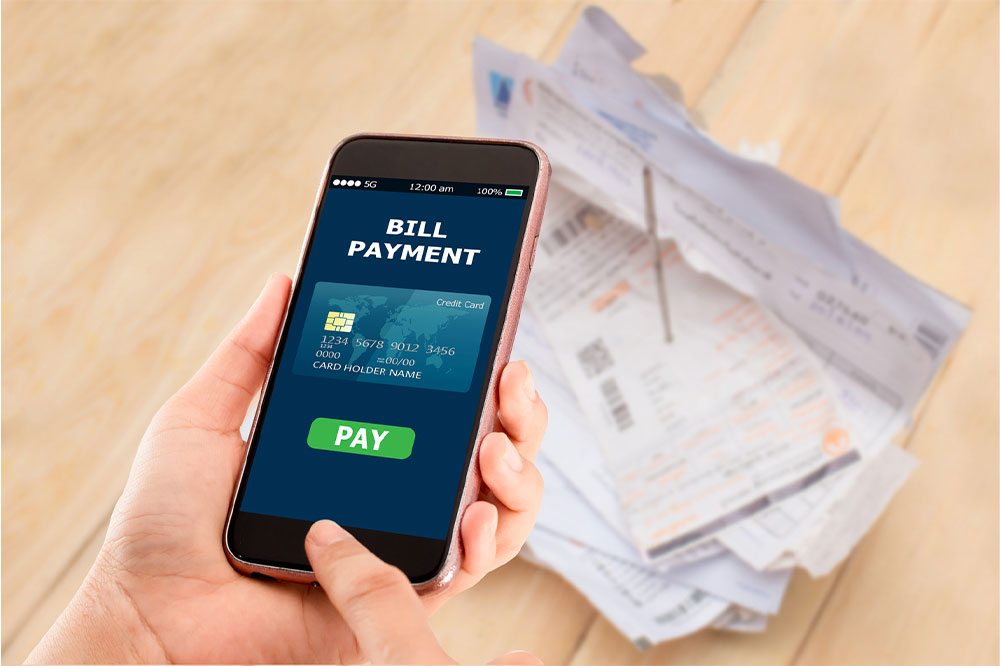Your Complete Guide to Successfully Opening an Online Banking Account in 2024
Learn everything you need to know about opening an online banking account in 2024. This comprehensive guide covers essential documents, step-by-step application procedures, and expert tips to ensure a smooth and secure setup. Whether you're new to digital banking or upgrading your current account, discover how to navigate the process efficiently and choose the right bank for your needs.

Comprehensive Tips for Seamless Online Banking Account Setup
In today’s digital era, opening an online banking account has become an effortless process that can be completed entirely online, eliminating the need to visit a physical branch. Digital banking platforms are designed to make account setup fast, convenient, and accessible for everyone. Whether you're looking to manage your finances more efficiently, save time, or enjoy the benefits of modern banking technology, understanding the crucial steps to open an online bank account is essential. However, while the process is straightforward, certain requirements and best practices ensure your application is approved smoothly and your account is set up securely.
Key Requirements and Necessary Documentation
Before starting your application, it’s vital to gather all the necessary documents. These documents not only validate your identity but also assist in complying with legal and banking regulations. Requirements can vary depending on the financial institution and the state or country in which you reside, so it’s advisable to check specific guidelines beforehand. Consulting directly with customer service representatives or visiting the bank’s official website can help clarify what exactly is needed to avoid delays.
Commonly accepted documents include a valid government-issued ID such as a passport, driver’s license, or national identity card. Proof of current residence, like utility bills, bank statements, or rental agreements, is also typically required to verify your address. Furthermore, most banks need your Social Security Number (SSN) or equivalent tax identification number to complete the application process. Some banks may request additional documentation, particularly if you are a student or a non-resident. Students, for example, can provide enrollment certificates or school-issued ID cards along with proof of address.
Step-by-Step Application Process
The process of applying for an online banking account is designed to be efficient and user-friendly. Begin by visiting the website or mobile app of your chosen financial institution. Select the online banking section and initiate the application process. You will be prompted to fill out personal details such as your full name, date of birth, contact information, and employment details. Accuracy is crucial—double-check all entries before submission to prevent any issues later on.In the case of checking or savings accounts that require initial funding, you will need to transfer a minimum deposit, often via wire transfer or ACH transfer from an existing bank account. Many banks offer options for accounts with no minimum deposit, suitable for those just starting their banking journey or with limited initial funds. Once you upload or submit all necessary documents electronically, your application will be reviewed by the bank’s compliance team. This verification process typically takes a few hours to several days, depending on the bank. Upon approval, you will receive your account details, debit card, and login credentials, enabling you to manage your account online seamlessly. Choosing the right account type—be it checking or savings—depends on your financial goals and needs. Conduct thorough research on each bank’s features, fees, and benefits to make an informed decision. Both options now support similar application processes, making the transition to digital banking simple and convenient, even without visiting a branch.





